

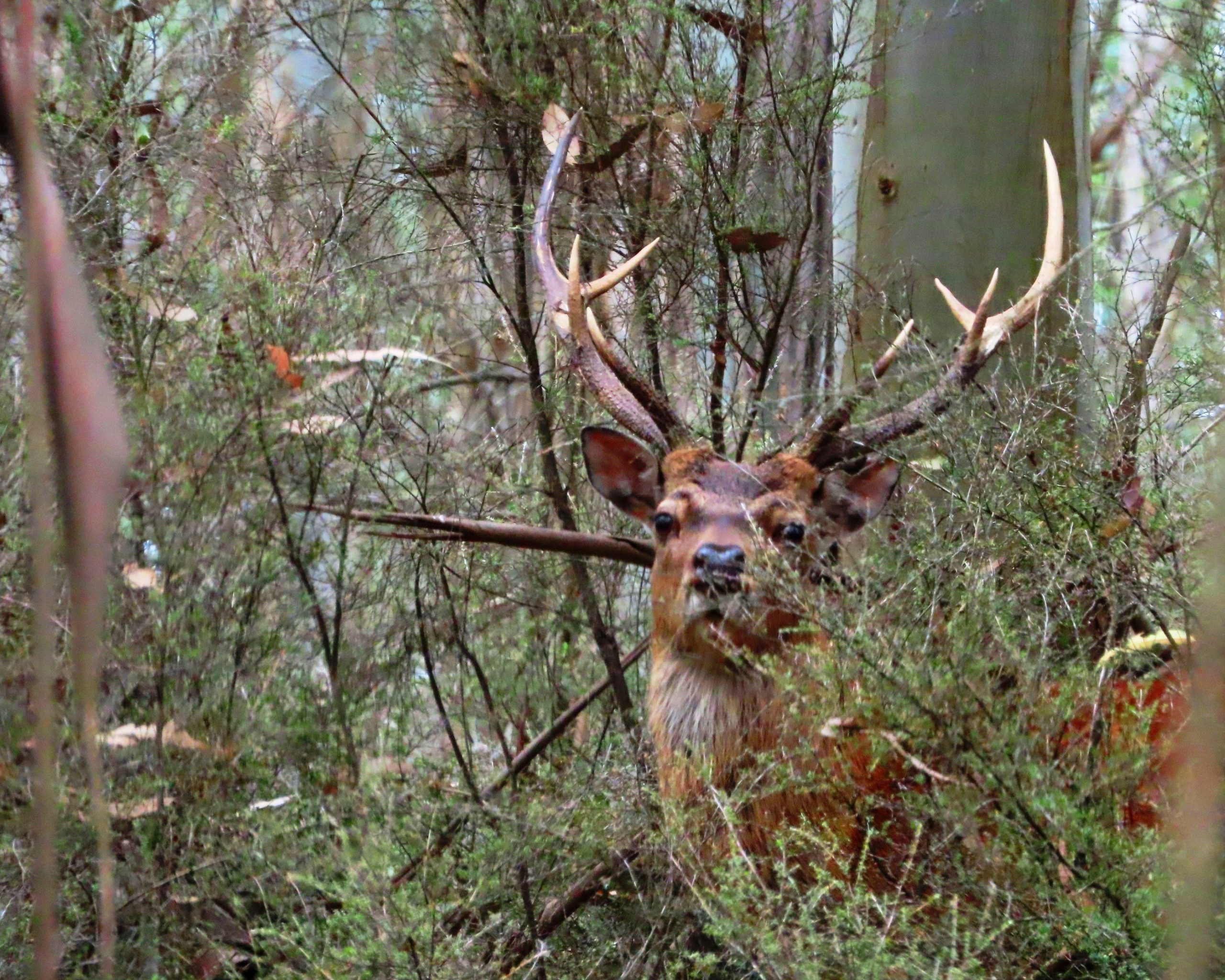
Hunting Experiences
17 July 2023
New Zealand hunters spend a lot of their hunting trips “bush hunting”: a phrase that means hunting big game in forest and scrub habitats. The New Zealand bush is where free-range deer in particular spend most of their lives. It is their home patch so hunters entering the forest and scrub are the interlopers. In this challenging situation chances are that new hunterswill be seen, smelt, heard and sensed first by resident animals. It will be the experienced bush hunters and those guided by such experts who will reap consistent success.
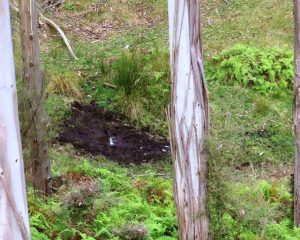
Bush is an environment deer, pigs, and goats utilise for safety, rutting, having offspring and protection from the weather. Even alpine chamois and tahr will move down into the scrub if helicopter pressure gets too intense. The majority of Department of Conservation public hunting land is in solid beech forest. This is true of the Kaimanawa and Kaweka Forest Parks that border Poronui. The Poronui hunting estate benefits both game and hunter. It is an idealmix of open clearings, native and gum tree stands, scrub and manuka while on the steeper faces there are large areas of regenerating hill-faces where pine trees have previously been harvested. It is perfect deer habitat while the creases and folds of the landscape also allows hunters the opportunity for a successful stalk.
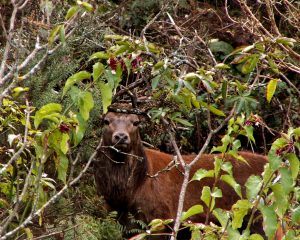
Poronui trophy hunters will spend more time bush hunting during the rut than any other time of the year. Even if they have spotted a stag from distance, it is often enter bush areas to access mature stags and bucks as they rut. The deer species available are red, sika, fallow and rusa. Some bush hotspots stand out. Sika gully got its name because of the large number of trophy sika stags that rut under the trees during April and May. The native bush block below One Tree Ridge, the Grove, and the large stand of forest at the northern end of the estate arerenowned for big fallow bucks, while the Pinnacles and Hobbit Cave areas are well liked by boss red stags. Rusa rut later in August and are sprinkled across the north facing scrubby faces.
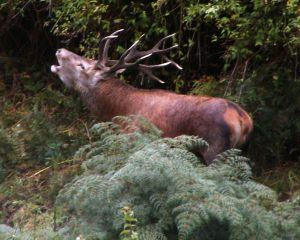
Spot and stalk as a hunting tactic has to be modified when bush hunting. It becomes stealth and spot. Everything slows down when close to your quarry, and the hunter’s eyes do a lot of walking. Getting the wind right is crucial, as one whiff of bad scent will end the hunt immediately. Rutting males are under the trees with females so they have more eyes in their group than you have in yours. Setting up on a ridge or clear spot close to the target animal is a technique used often as fallow buck and rusa stag often move around their territory and an intercept shot is often possible. Last season I was successful at sniping a distant Poronui fallow buck that was sitting amongst trees on a small clearing. He was watching over his does.
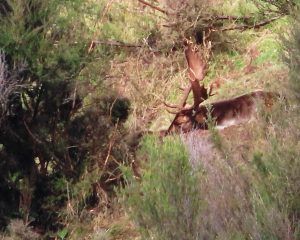
Red and sika stag in particular will both respond to imitation roars and squeals and sneak in on the upstart who is challenging them. Being stalked by a stag is exciting with reds coming in hard and fast and sika more cautiously. They will try and cut your wind so spotting them first nullifies that skirting action. Sika are very sneaky when approaching a possible rival and often peek out through scrub or around the side of a tree. Curiosity is their flaw however.
Bush hunting especially suits bow-hunters as encounters may occur at very close range. Poronui hunting guides know the local bush nearly as well as the deer and use historic trails and lookouts that put the hunter where the big trophies have territories. Bush hunting is hard work as hunters must be on full alert and vigilant throughout the stalk but the rewards are worth the effort.
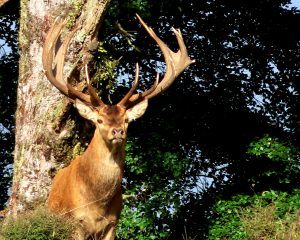
Leave your details and we'll give you a call to discuss your vacation and itinerary options.